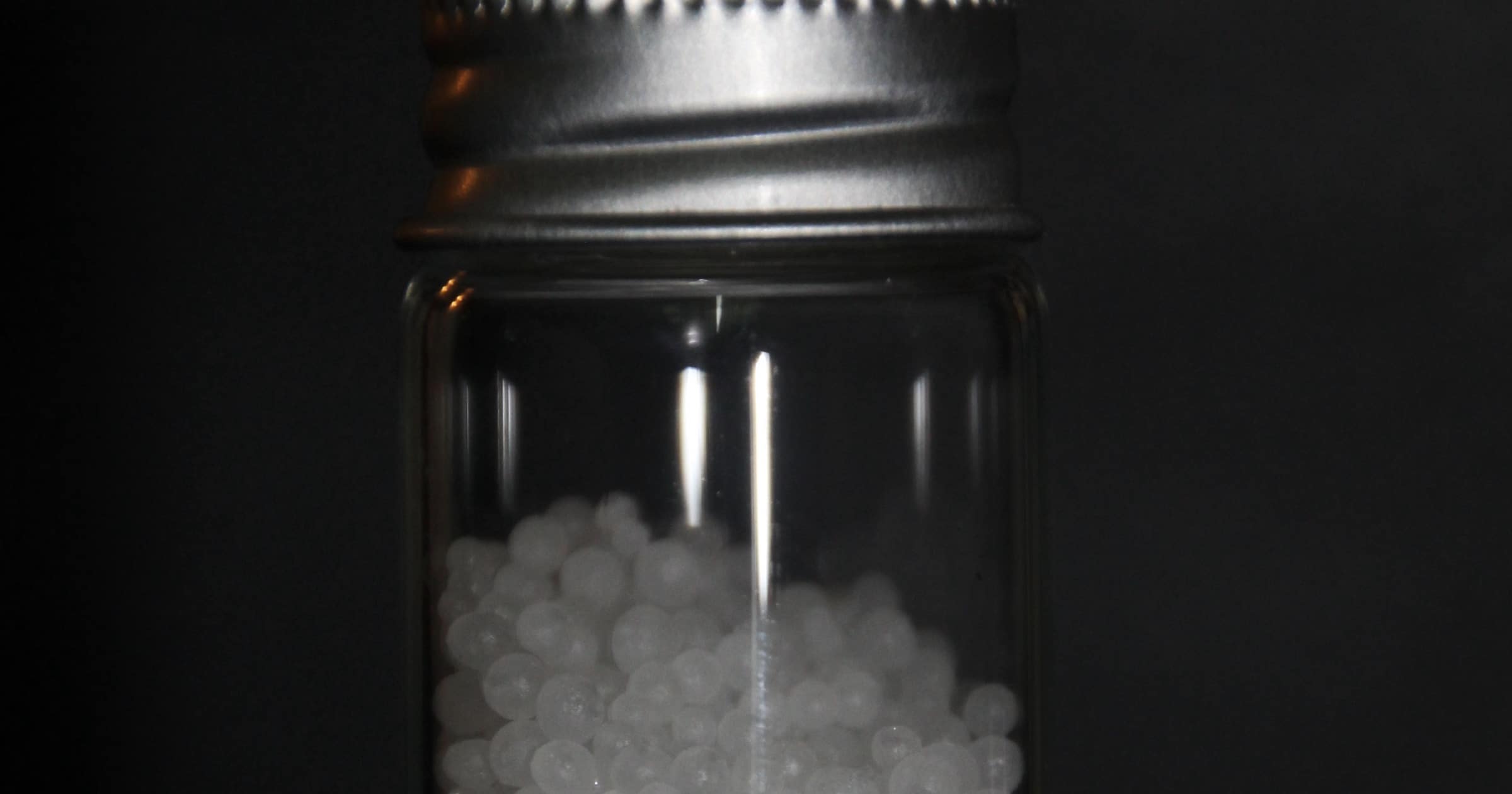 Evolution
Evolution
 Intelligent Design
Intelligent Design
Replacing Chemistry with Purpose

In past articles here, I have described the notion of the science of purpose. Purpose is ubiquitously observable in biology, and therefore subject to scientific analysis. The scientific method of analysis is to create a modeling relation between observation and theory. It is time for biology to incorporate purpose into its fundamental framework.
The most striking observations in all of nature are the incomprehensibly sophisticated adaptations that organisms display, allowing survival in the wild. Natural selection is an inadequate explanation for what we readily observe. What is needed is a competing or replacement theory explaining those wonders of organismal form and function. The science of purpose is that theory.
To Topple a Paradigm
To be sure, overthrowing a paradigm that has endured for more than a century, and that is deeply embedded in contemporary biological thought, constitutes a nearly insurmountable challenge. There can really be only one feasible approach: The core of the target paradigm itself must be supplanted. Reframing peripheral arguments might provide some tantalizing derivatives, but the old paradigm would still stand.
The strategy necessary is quite clear. The core argument of neo-Darwinism is, simply, that evolution, and life on Earth, are the result of random, aka, purposeless chemical reactions. The renowned Bertrand Russell articulated the idea as follows, “Man is the product of causes which had no prevision of the end they were achieving …[he is] the outcome of the accidental collocation of atoms.”
Purpose — Erased from Biology
And so, from the outset, based on the neo-Darwinian hypothesis or random mutation and natural selection, purpose was eliminated from the language of biology. But given all the design and purpose inarguably demonstrated in nature, how could such a purposeless framework have been conceived?
The answer, perhaps surprisingly, is partly historical. At the beginning of the 19th century, vitalism was the explanation for life. As such, life lay outside the domain of hard science. One of the tenets of vitalism was that organic molecules could only be synthesized within organisms. But in the same century, the edifice of vitalism ultimately collapsed, starting with the synthesis of the organic molecule urea in a test tube in 1828. So, before biology was even established as a science, the study of organisms was subsumed as the “poor sister” of the “real science” of chemistry.
From that point onward, biology, the study of living organisms, was to be reduced to chemical reactions. This does much to explain the appeal of evolution’s weak reed of an explanation for life’s complexity — random mutations rather than purposeful design.
Over the past 150 years, physics gave birth to chemistry, which gave birth to biochemistry, which gave birth to evolution and biology. When one looks at the molecules of life we see a dazzling display of structure and function. From the point of view of an organic chemist, structure is what comes out of a chemical reaction, and function is the result. From the chemical perspective, it seemed that chemical structure must be the primary source for generating complex life. Function in this view is theunintended derivative of chemical structure. And structure can, at least theoretically, be arranged by accident.
All of that is indeed coherent. But it is also utterly incorrect. To upend the reigning paradigm we need only make one discrete conceptual change.
What is that conceptual change? Just this. Life on Earth is here because function precedes structure in all biomolecules. In order for this to be true, biomolecules must act with purpose.
When one looks at the exquisite and purposefully intricate chemical reactions occurring a trillion times a second within an organism, this idea is hard to deny. It is the basis of the science of purpose.
